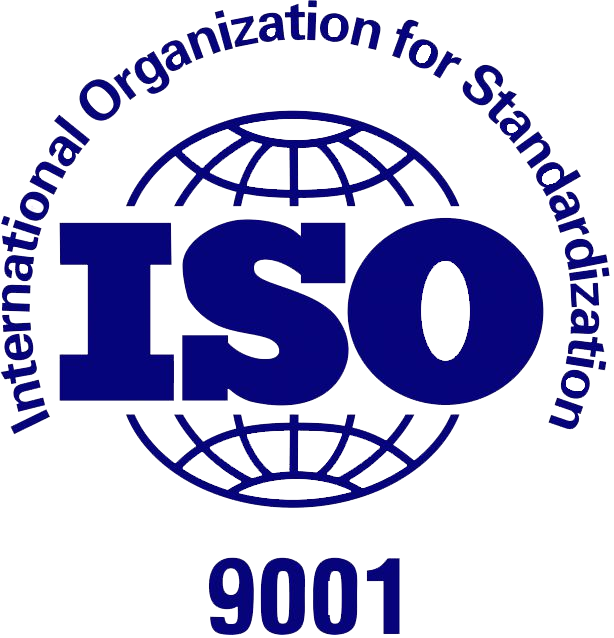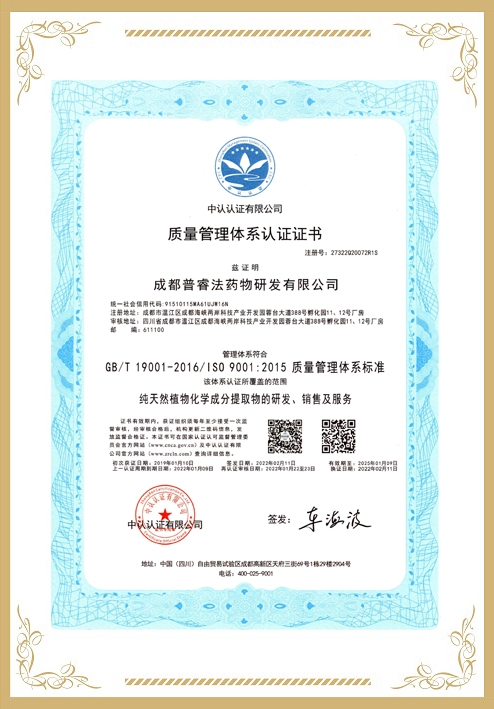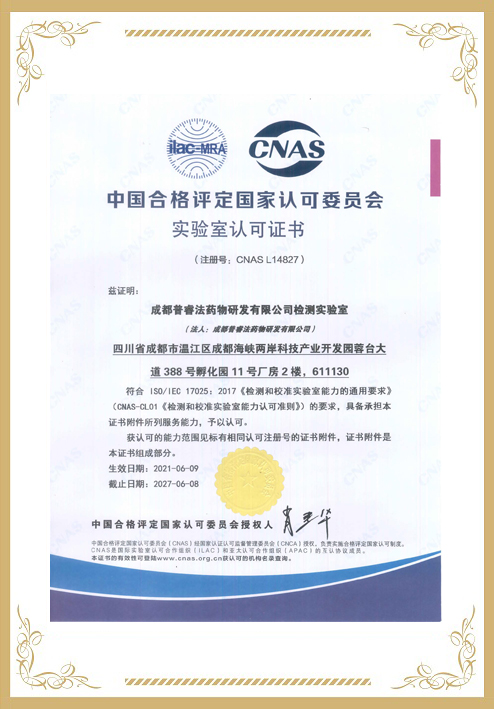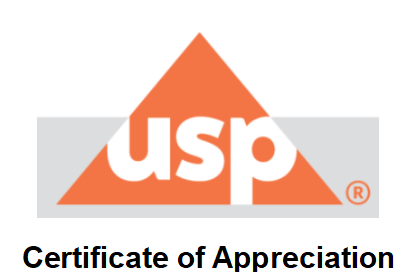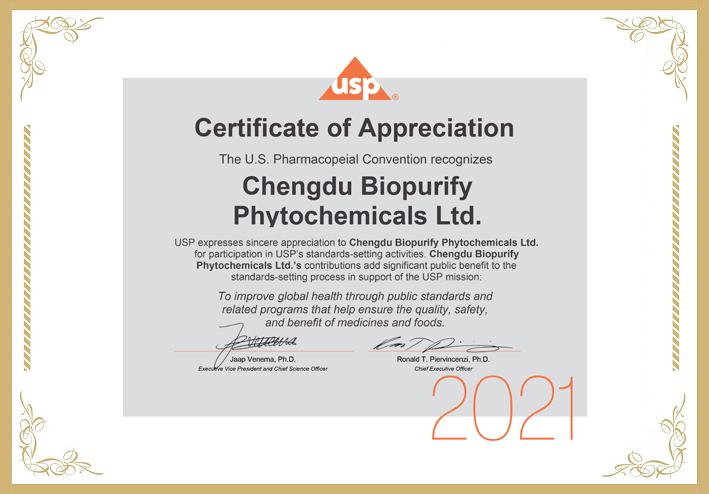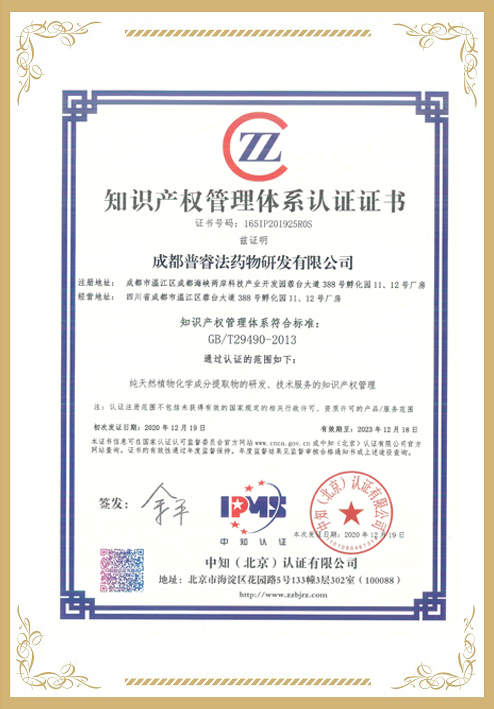PurposeTo assess the consistency of risk factor reporting for anterior cruciate ligament reconstruction (ACLR) failure after primary reconstruction, identify risk factors more frequently associated with ACLR failure, and help clinicians prevent reinjury in patients with risk factors for ACLR failure.MethodsPreferred Reporting Items for Systematic Reviews and Meta-Analyses guidelines were used to conduct a systematic review. Initial title and abstract screening yielded 561 studies, from which 76 studies were assessed for eligibility. Thirty-two full-text studies met the following inclusion criteria: (1) clinical studies of anterior cruciate ligament injuries; (2) patients undergoing ACLR; (3) clinical outcome data, including failure rate; (4) studies assessing preoperative risk factors for failure; and (5) manuscripts published within the past 6 years. These studies were subdivided into those that defined ACLR failure as revision surgery or graft failure.ResultsTen risk factors were included in the review for 22 studies defining ACLR failure as revision surgery. Eight risk factors were included in the review for 10 studies defining ACLR failure as graft failure. Posterior tibial slope (PTS) (80%, 4/5 studies), age (79%, 11/14 studies), and graft characteristics (71%, 5/7 studies) such as allograft versus bone–patellar tendon–bone autograft, high-dose radiation, and BioCleanse preparation technique were the most significant risk factors for revision ACLR. PTS (100%, 2/2 studies) and activity level (67%, 2/3 studies) were the most significant risk factors for graft failure.ConclusionsAge, PTS, use of allograft, and activity level are significant preoperative risk factors that should be considered when attempting to prevent reinjury in ACLR candidates. Studies investigating risk factors for ACLR failure often fail to control for confounding variables that can influence outcomes.














